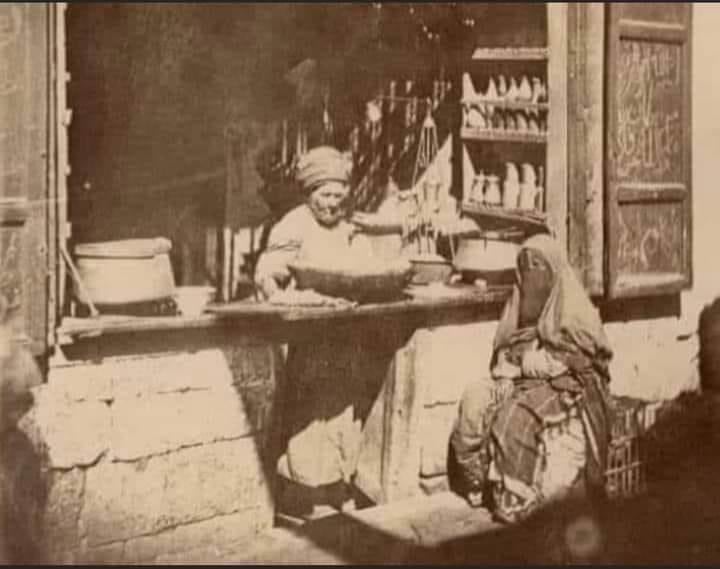
Portraits of the Rabari, India's wandering tribe famous for their bulky turbans and familiarity with all things camel -- clicked by Natty Singh. (1/5) 



The Rabari, a tribal caste of semi-nomadic cattle herders and shepherds, are believed to have migrated to Rajasthan from Iran via Afghanistan a thousand years ago. The main occupation of this tribe is to raise cattle, camels and goats. (2/5)
To ensure pasture for their herds, they wander from one place to another, chasing seasonal rains. But this ancient way of life is changing. (3/5)
Only a few Rabaris still live a truly nomadic life. Most others have started living in villages,and some even in towns to eke out a living. (4/5)
Interestingly, although the Rabaris lead a frugal existence, their love for jewellery ensures that even a five-year-old child is bedecked with exquisite silver jewellery.
Follow Natty's work here: instagram.com/nattysingh/ (5/5)
Follow Natty's work here: instagram.com/nattysingh/ (5/5)
• • •
Missing some Tweet in this thread? You can try to
force a refresh












